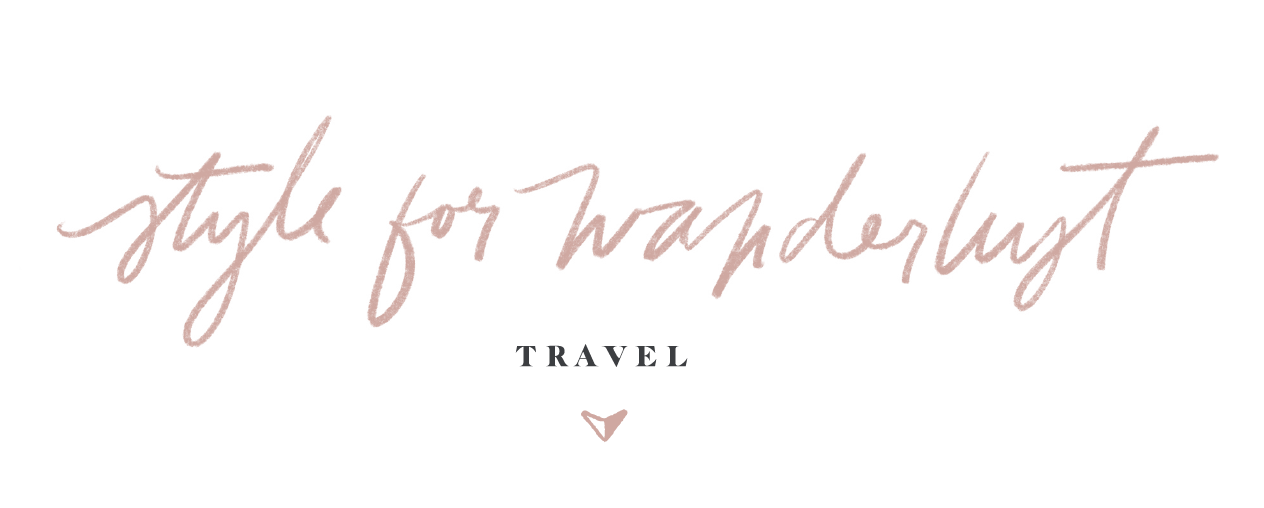Photography Bites - Shutter Speed
Shutter Speed
Together with Aperture which we have seen in the previous blog post, Shutter Speed determines the Exposure of a photograph, i.e. the amount of light that reaches the sensor or film to produce that specific image.
The shutter is the device in the camera that lets light reach the sensor or film. Shutter Speed describes how fast is the shutter closing when you press the button and therefore, again, how much light is captured by the sensor before the shutters closes the lens completely. It is expressed in seconds and fractions of a second and the bigger the number the more light is captured and therefore the slower the shutter speed. 1s is bigger than 1/125 that indicated a fraction of a second. These numbers, to save space, are indicated on the camera as 1, 2, 4, 8, 15, 30, 60, 125, 250, 500 and 100 being 1 1s and all the others fractions of a second.
Whenever we have a moving subject, deciding what shutter speed to use is crucial for taking a decent photograph.
First and foremost, when we hand operate the camera, we have to deal with hand shake. Our hands, regardless of how firm we think is our grip on the camera, slightly shake and this can seriously compromise the sharpness of your images. It is recommended not to go below 1/125 whenever shooting free hand, without the use of a stabiliser or a tripod even if we are shooting a still subject.
Moving objects tend to capture our eye. Hence, capturing your subject while moving is another way to highlight it. The right shutter speed for a subject is the one that gives the effect you want. Sometimes you might want to freezeyour subject, but some other times, if you freeze your subject, the movement can be lost (like a car against a wall) and the subject might look like still in the image, so to convey movement you need to give a slight blurto the moving subject and this is easily achieved using a slightly long exposure.
The faster the shutter speed, the more you will achieve a frozen image. The slower the shutter speed, the more probability you will have a blurred subject. At 1/1000 you are pretty sure to have a sharp image if that’s what you want. At 1/125 probably you will have a slight blur that might express movement better despite some of the details will be lost.
How to decide the right shutter speed
When you need to decide the shutter speed you have to consider:
- the speed of your moving object
- the direction of movement since objects moving sideways look to be moving much faster than objects that are coming towards you or going in the opposite direction
- the distance of the object from the camera because the farther you are the less is the blur shown and vice versa regardless of other factors
- the focal length of your lens should also be taken into consideration but we will discuss it at a later stage when our knowledge is slightly more advanced
Panning
Using the opposite technique works well too. You can keep your subject relatively in focus and blur everything else with the panning technique for example. To pan successfully:
- Use a shutter speed between 1/8 and 1/125 sec depending on your subject
- Centre your subject in the viewfinder
- Start moving your upper body with your subject before you press the shutter
- Continue moving for a moment even after you have pressed the shutter
In the next blog post we will be looking at ISO.





